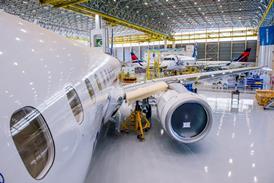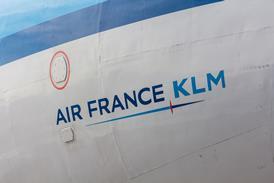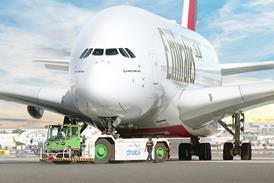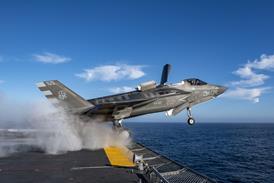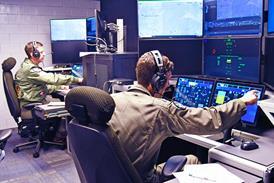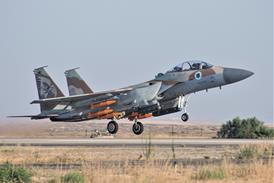Swedish regional operator Skyways is hoping to obtain approval from civil aviation authorities to launch a service to the ski resort of Are which will involve conducting a landing on the frozen surface of Lake Aresjon.
Skyways expects to receive a “go or no-go” decision within two or three weeks from Swedish officials who are assessing the feasibility of the plan and the safety issues associated with it.
The SAS-affiliated carrier would operate the flight with either a Saab 340 or Fokker 50 turboprop. Instead of landing at the local Ostersund Airport the aircraft would carry out a visual approach to the frozen lake with the guidance of transportable landing lights provided by the Swedish military.
In order to improve the aircraft’s braking a machine will be used to cut grooves and roughen the surface. A spokesman for the carrier says that aircraft will not be fitted with skids but adds that the performance aspects of the turboprops on the ice have yet to be fully analysed.
“We’ve checked with all the authorities on the air transport side and they have nothing against it,” he says. “But they have put up a number of ‘must do’ things for us and we have to fulfil them.”
Ice on the lake typically reaches a thickness of 1.5m (5ft) which, says the spokesman, should be more than adequate for the landing. One of the key problems yet to be fully resolved, however, centres on de-icing the aircraft in preparation for departure.
“If you’re trying to de-ice and you’re parked on the ice, the issue is clear,” he says. “It is something we’re looking into. It’s also a very delicate environment up there.”
Potential solutions to the de-icing problem centre on using plastic sheeting to catch the chemical run-off and using specialised disposal machinery to ensure spillage is prevented.
If Skyways is granted approval to make the landings, it will operate the Stockholm Arlanda-Are route twice-weekly, offering a package holiday deal with a local hotel. The spokesman says: “It’s not going to make big money but it will enhance our branding.”
Source: Air Transport Intelligence news

